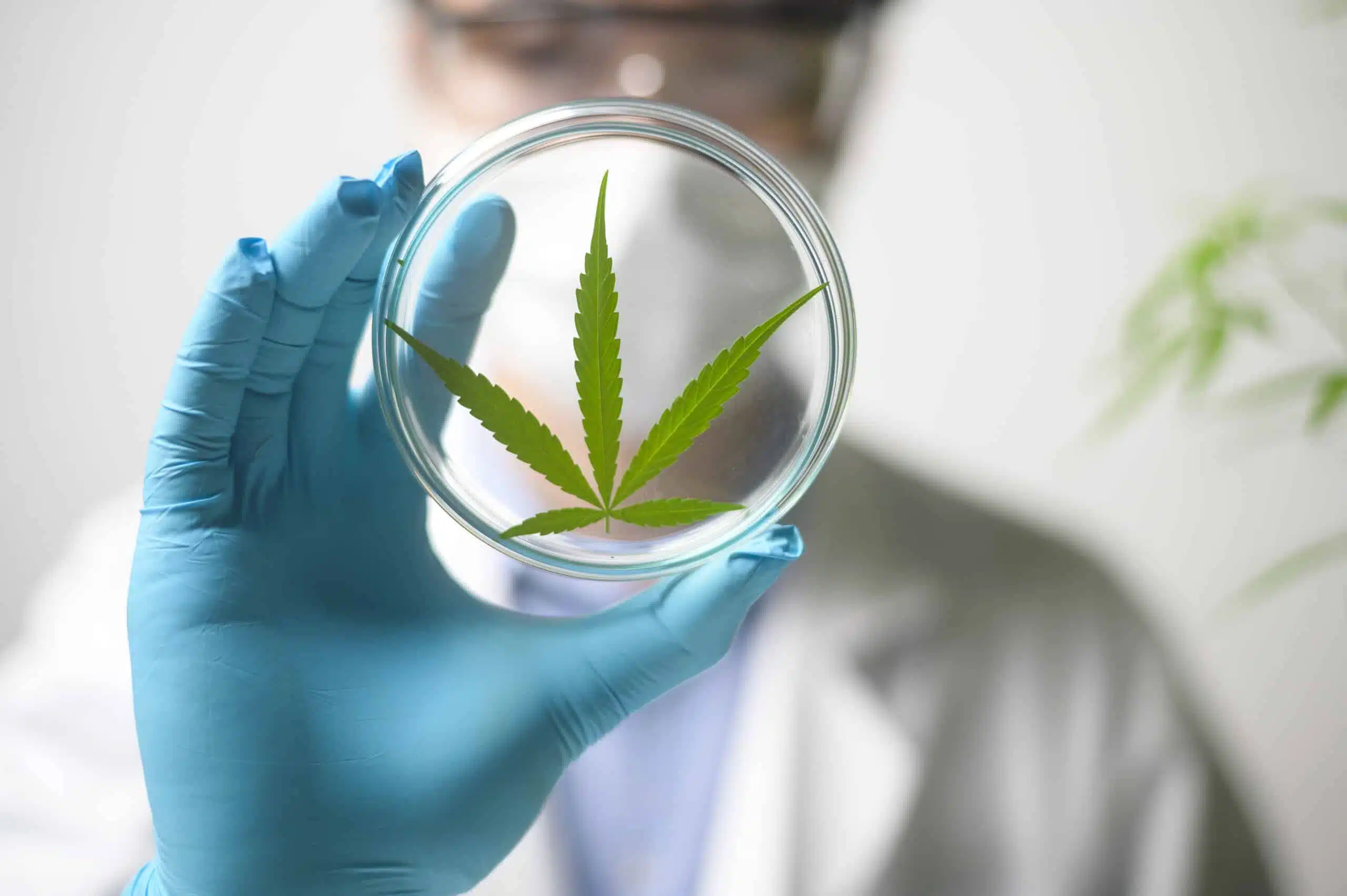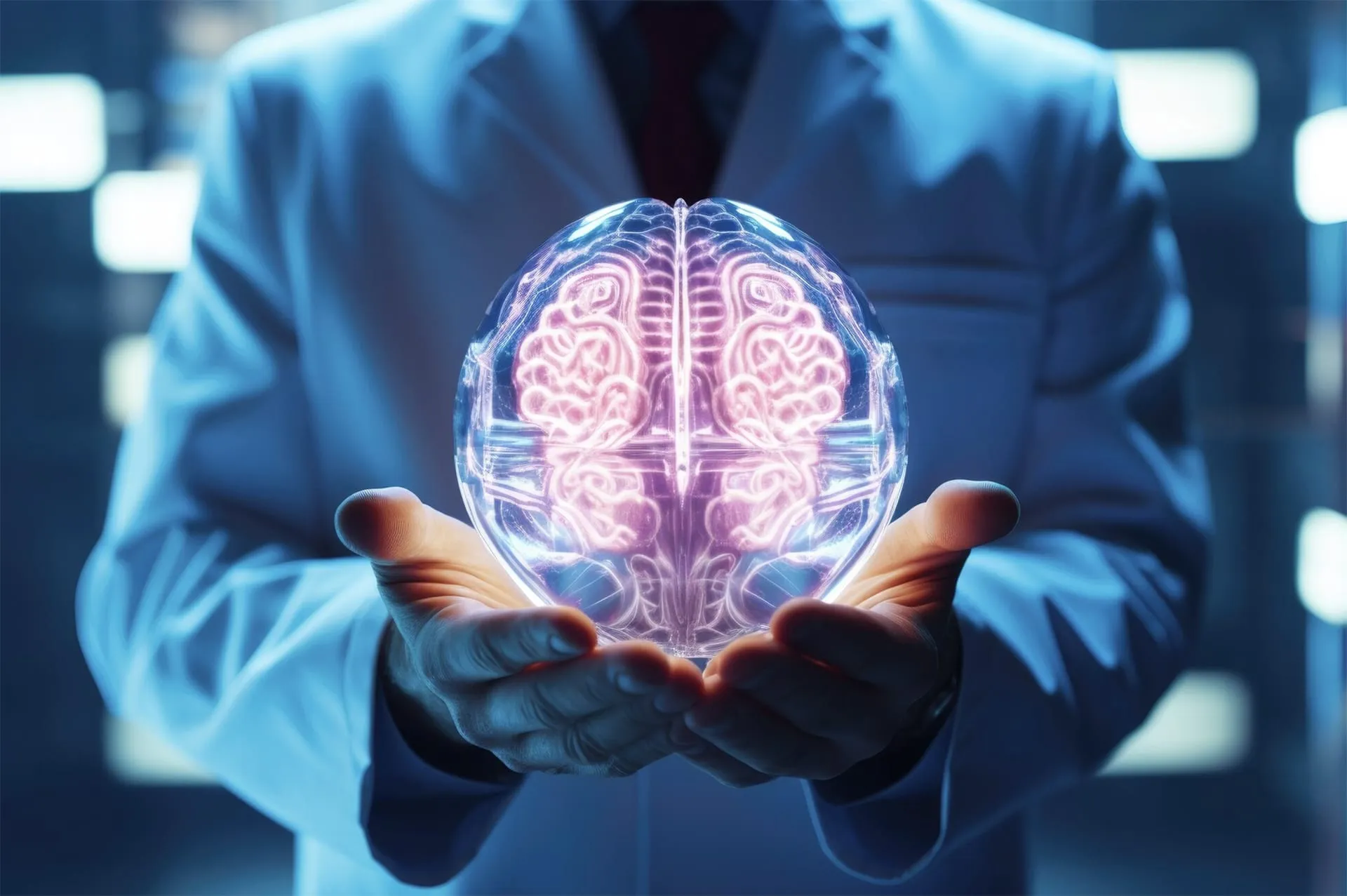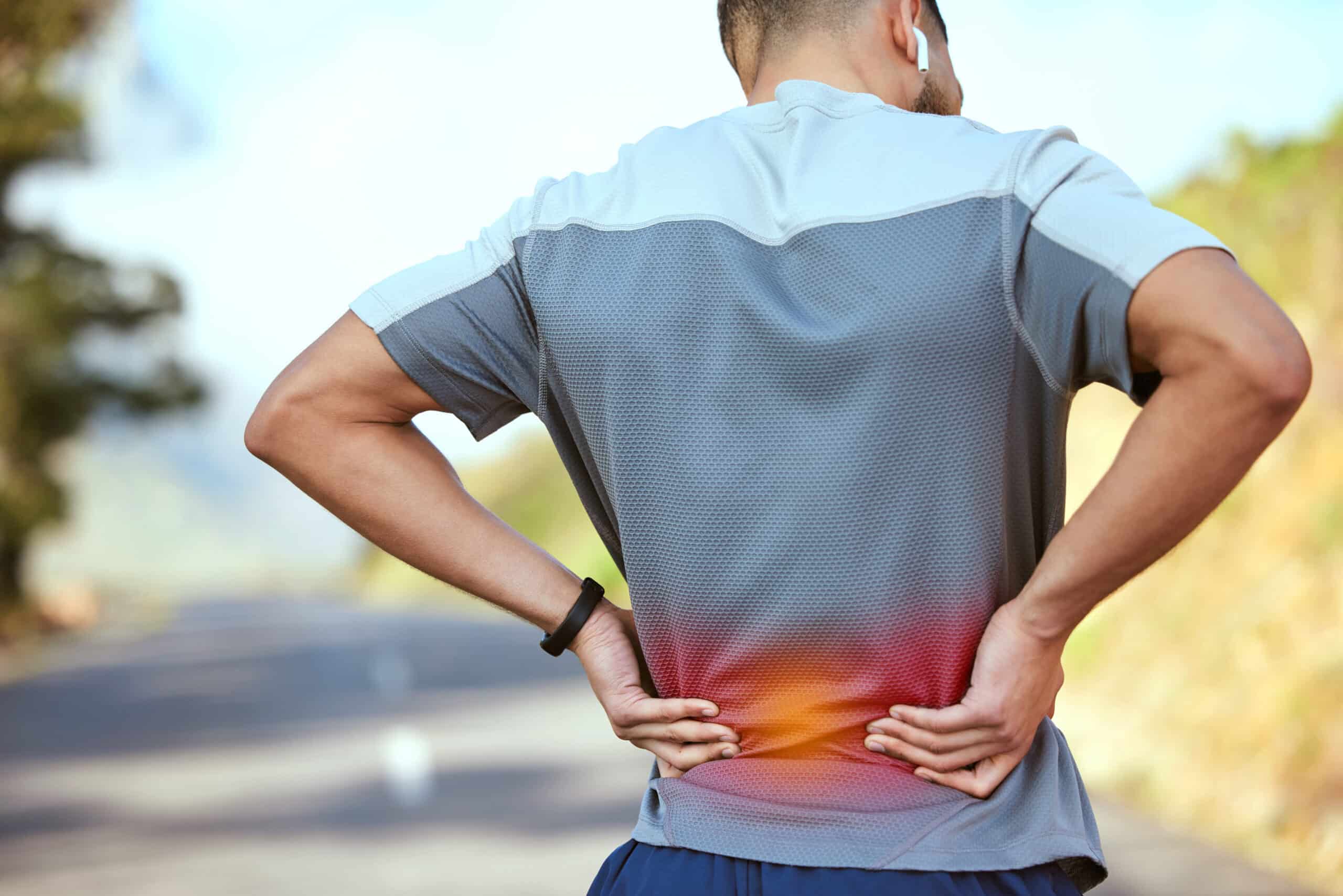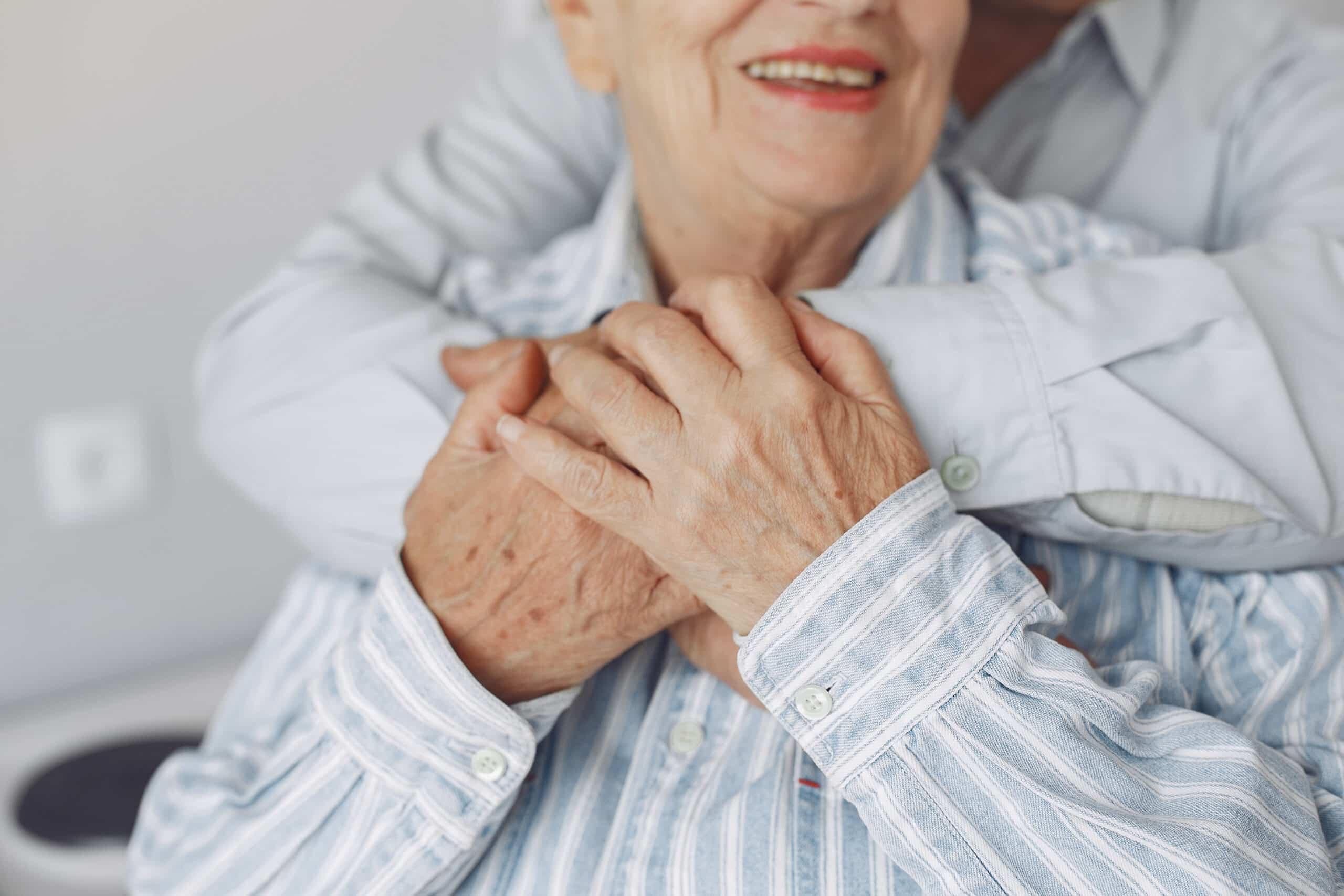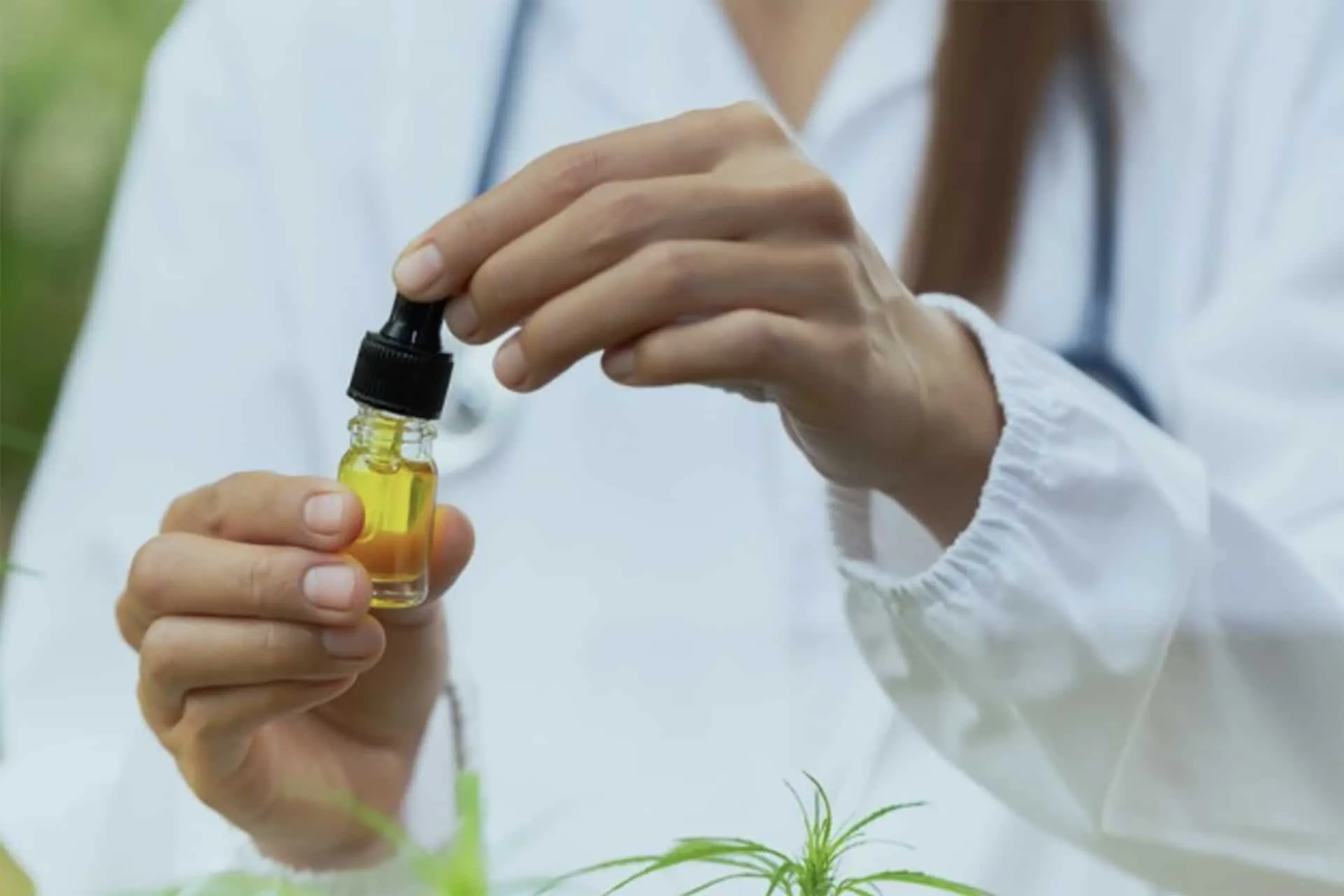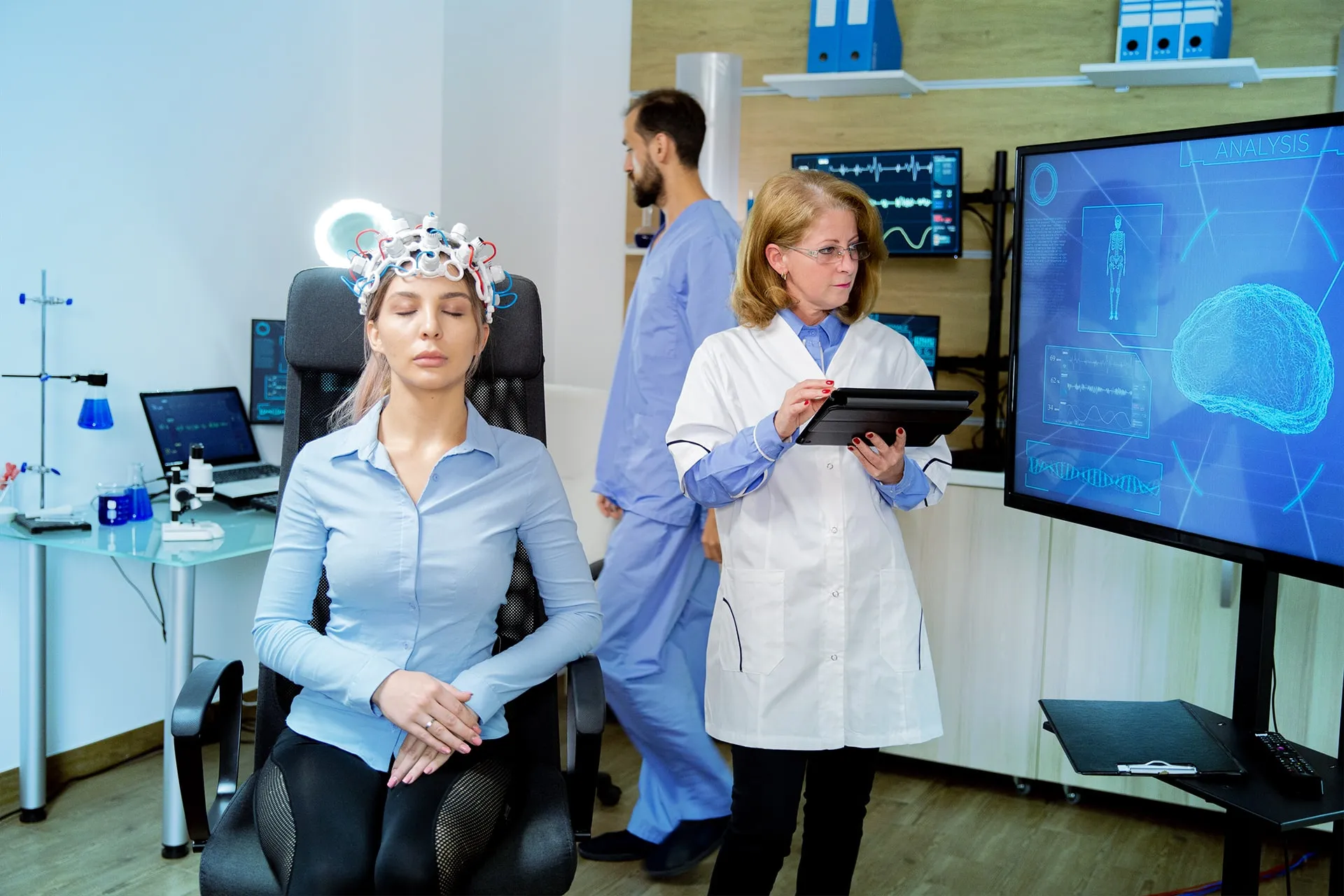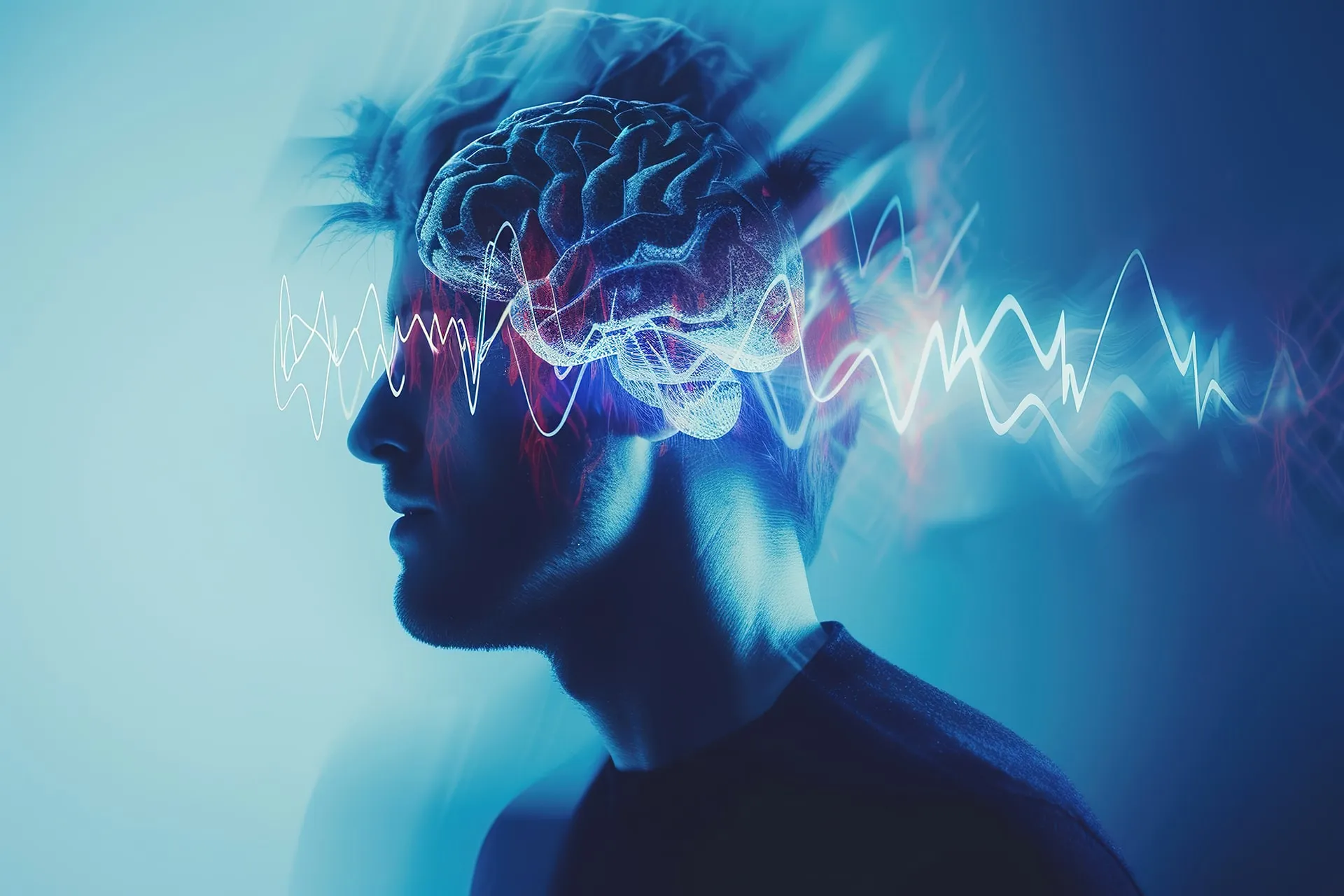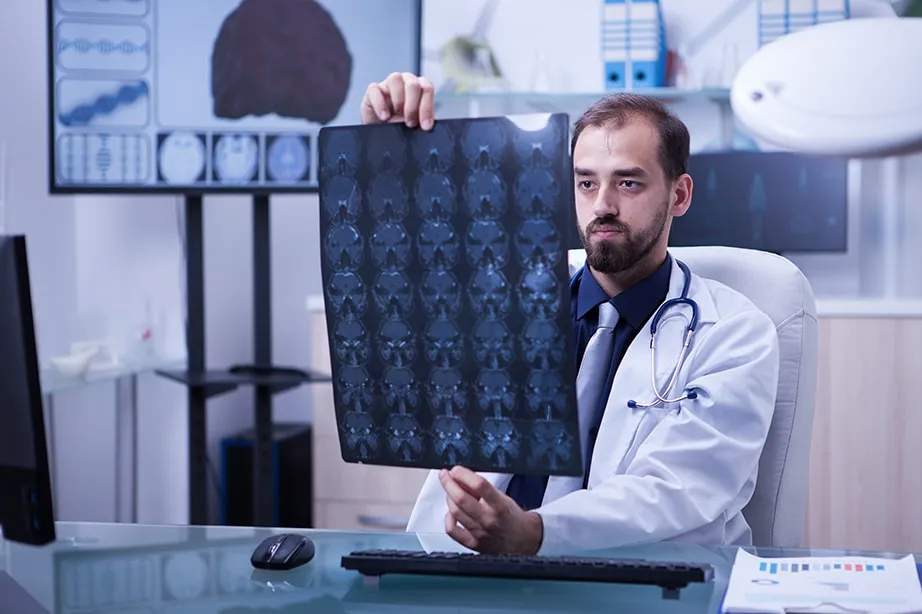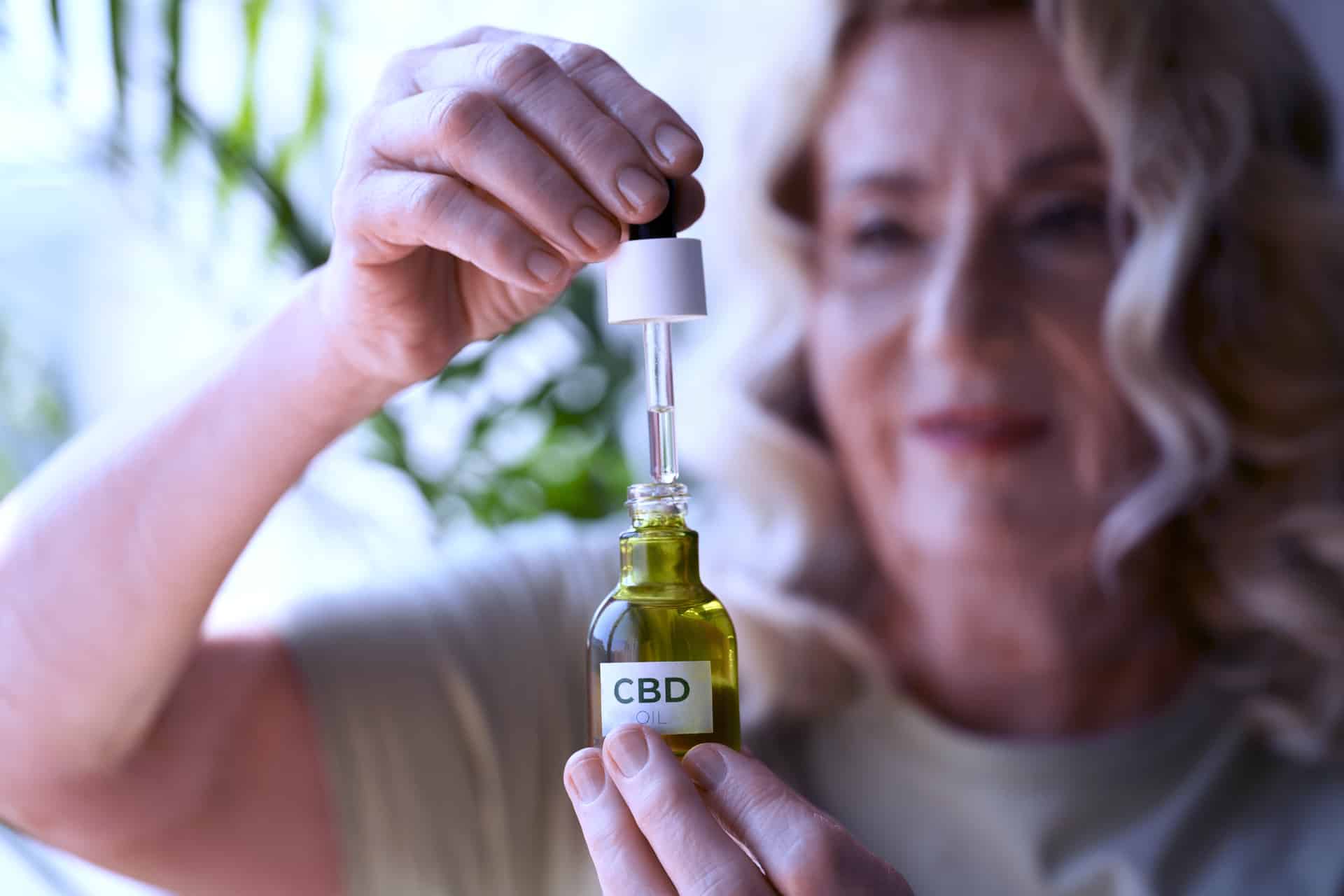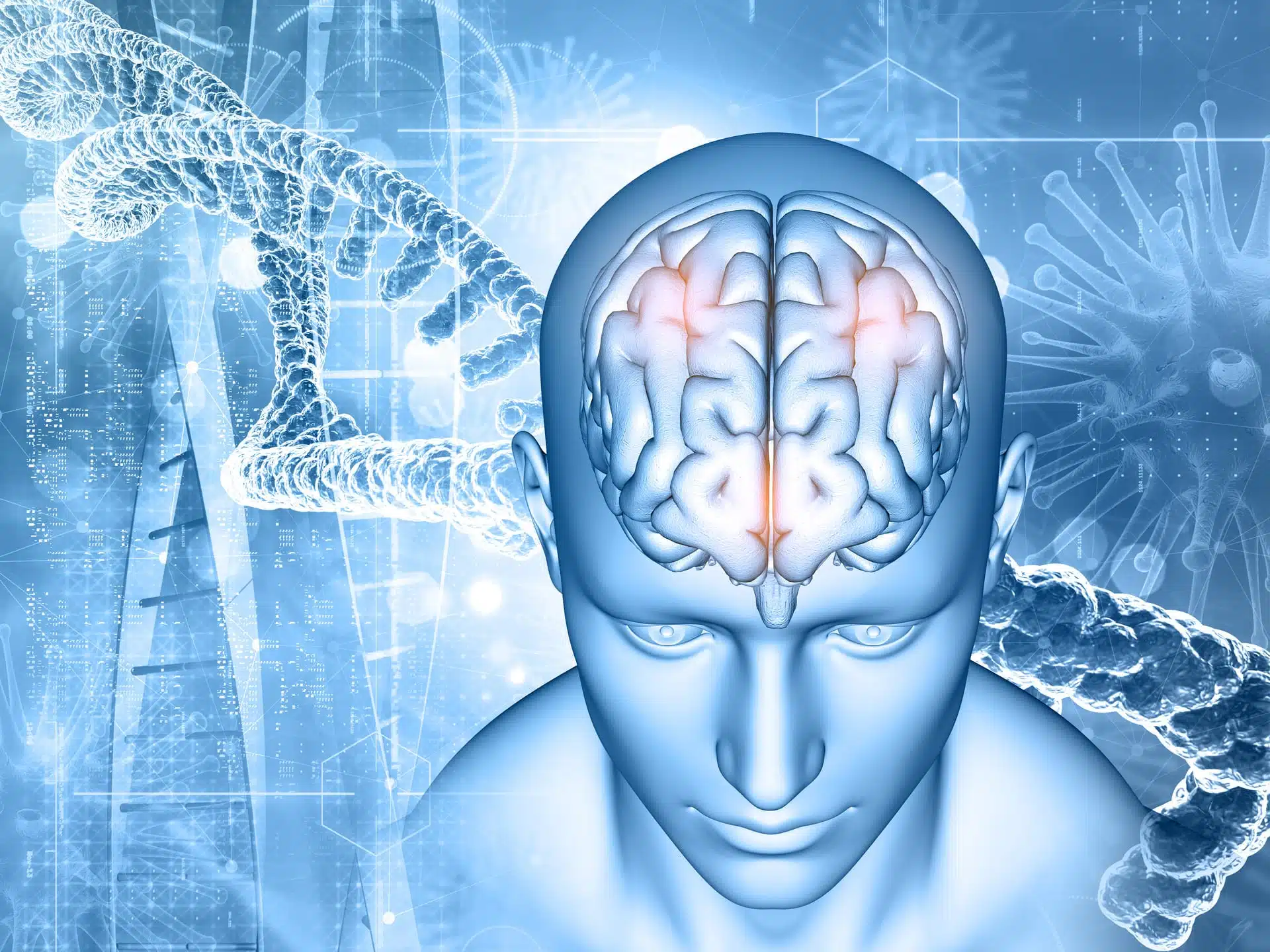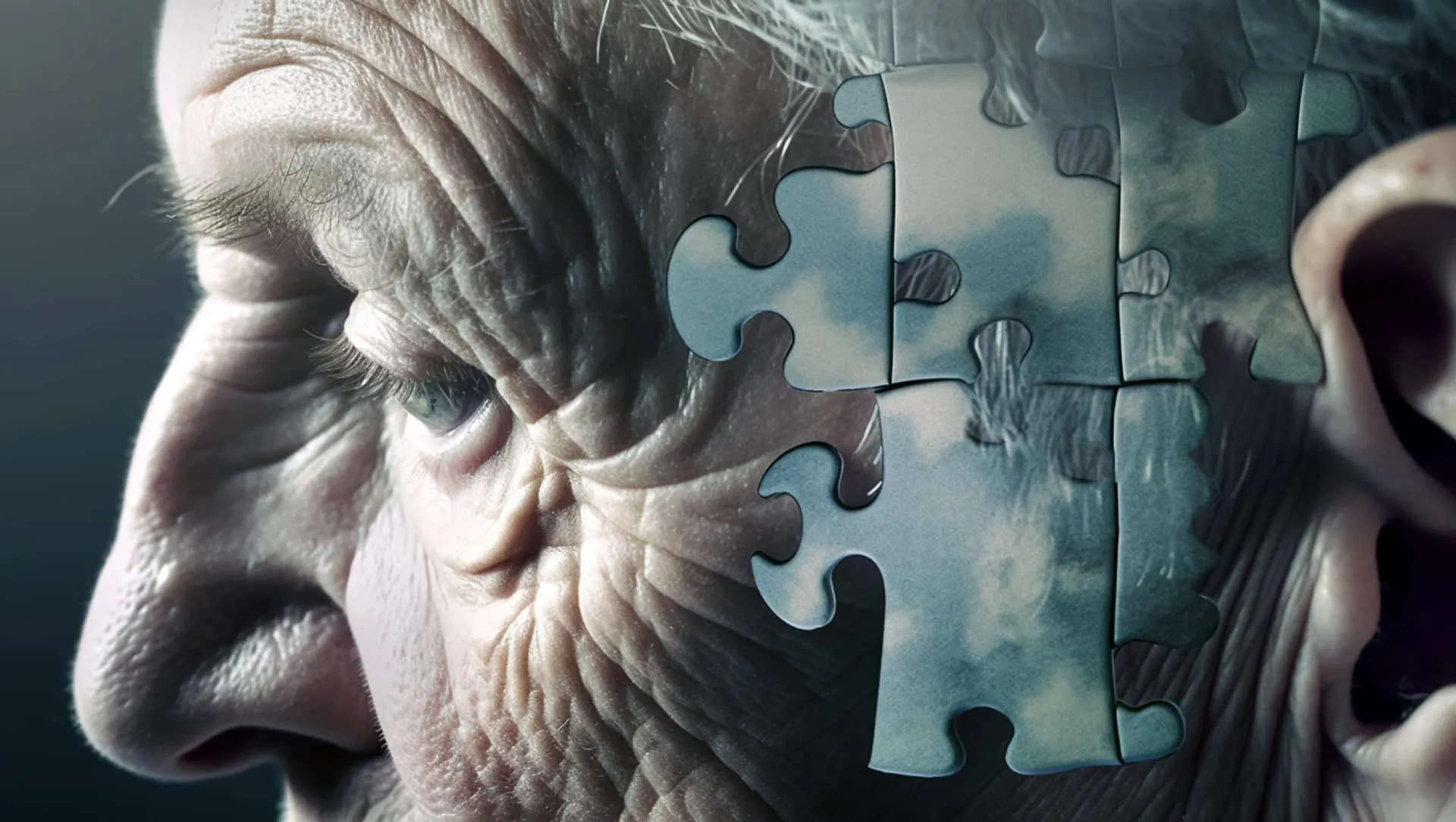Share
Spinal Cord Injury and Medical Cannabis
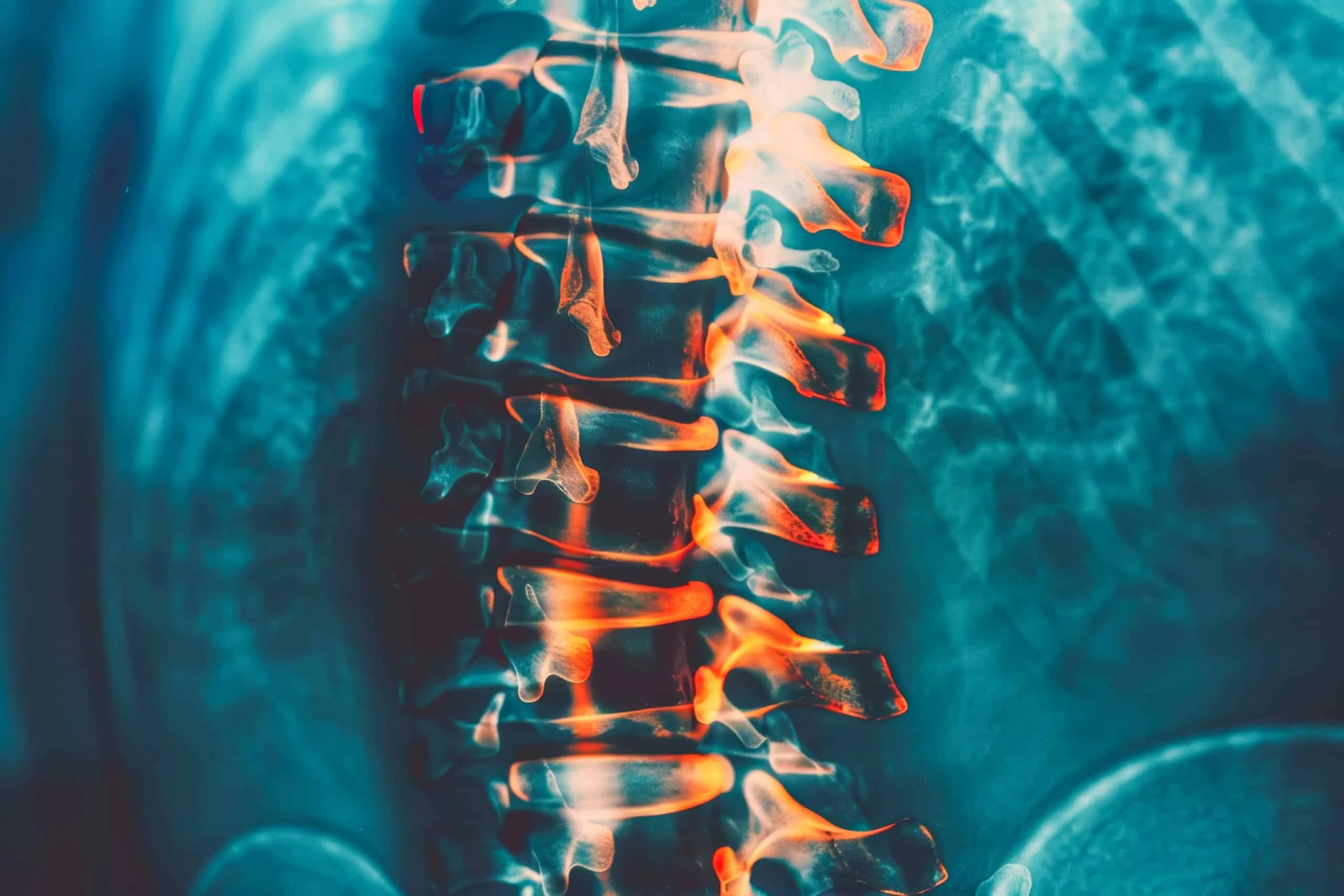
Spinal cord (SC), a tubular structure of nervous tissue, connects the brain to the peripheral nervous system. It conducts nerve signals, enabling reflexes and body functions.
Trauma (accidents, falls) and non-traumatic causes (disease, tumors) can damage the SC, leading to spinal cord injury (SCI). There are 15 million people living with SCI worldwide.
SCI can be primary (direct damage) or secondary (inflammation from primary injury). SCI can be complete (total loss of movement/feeling below the injury) or incomplete (some movement/feeling remains). Paralysis describes this loss. Tetraplegia affects arms, legs, trunk, and pelvic organs. Paraplegia affects legs, trunk, and pelvic organs (sometimes partially).
SCI symptoms include:
- Loss of movement and/or sensation
- Loss of bowel or bladder control
- Exaggerated reflexes or spasms
- Changes in sexual function
- Pain or intense stinging
- Difficulty breathing, coughing, or clearing lungs
Spinal cord injuries (SCI) can lead to a cascade of serious complications, including debilitating and potentially life-threatening secondary conditions such as: spasticity, (chronic) pain, urinary tract infections, osteoporosis, thrombosis and pressure ulcers.
https://www.mdpi.com/1422-0067/21/20/7533
https://pubmed.ncbi.nlm.nih.gov/32624098
Cannabis pharmacokinetics in spinal cord injury (SCI)
Inhaled cannabis is rapidly absorbed, and the effects occurs within minutes. THC content absorption varies from 25 and 45%. Intravenous or smoked administration of cannabinoids reached the maximum concentration in the brain after 15 minutes (onset of maximum physiological and psychological effects). The maximal effect of oral administration occurs within 1 hour or more after administration. Cannabinoids are stored in fat tissues due to their high solubilization in lipids, and slowly released to the blood stream. The elimination of the cannabinoids is extremely slow and can take days because of this sequestration in the fat tissues.
The production of endocannabinoids increases and the endocannabinoid system is activated to prevent the secondary damage. This suggests that endocannabinoids have a role on SCI and cannabinoids administration by SCI patients can have a therapeutic effect.
https://www.sciencedirect.com/science/article/pii/S0278584615000573?via%3Dihub
Symptoms of multiple sclerosis that cannabis can help
There are some suggestions that cannabis can help in pain and spasticity caused by SCI. However, there is not enough studies demonstrating cannabis effect on SCI. There is one study demonstrating that the administration of cannabis to SCI patients have no clinical beneficial effect and may have higher adverse effects including dizziness, somnolence and dysgeusia.
There are some review articles reviewing the state of the art of cannabis on SCI, but without supporting data demonstrating its beneficial or deleterious effect.
More studies should be conducted with human SCI containing a higher number of participants to demonstrate the effect of cannabis on SCI.
https://www.ncbi.nlm.nih.gov/pmc/articles/PMC9096558

Evidences
https://www.ncbi.nlm.nih.gov/pmc/articles/PMC9096558
Clinical trials
There is not any clinical trial registered (search terms: condition – Spinal cord injury and treatment – cannabis https://clinicaltrials.gov/search?cond=spinal%20cord%20injruy&term=cannabis

